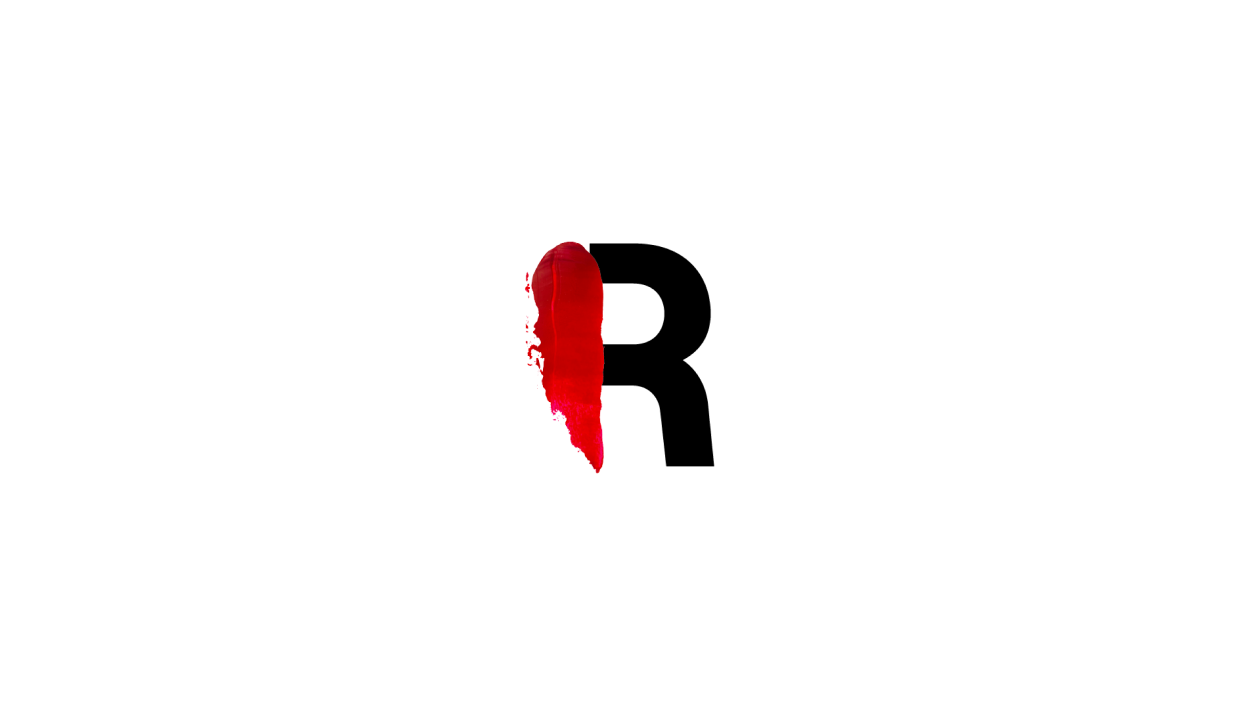
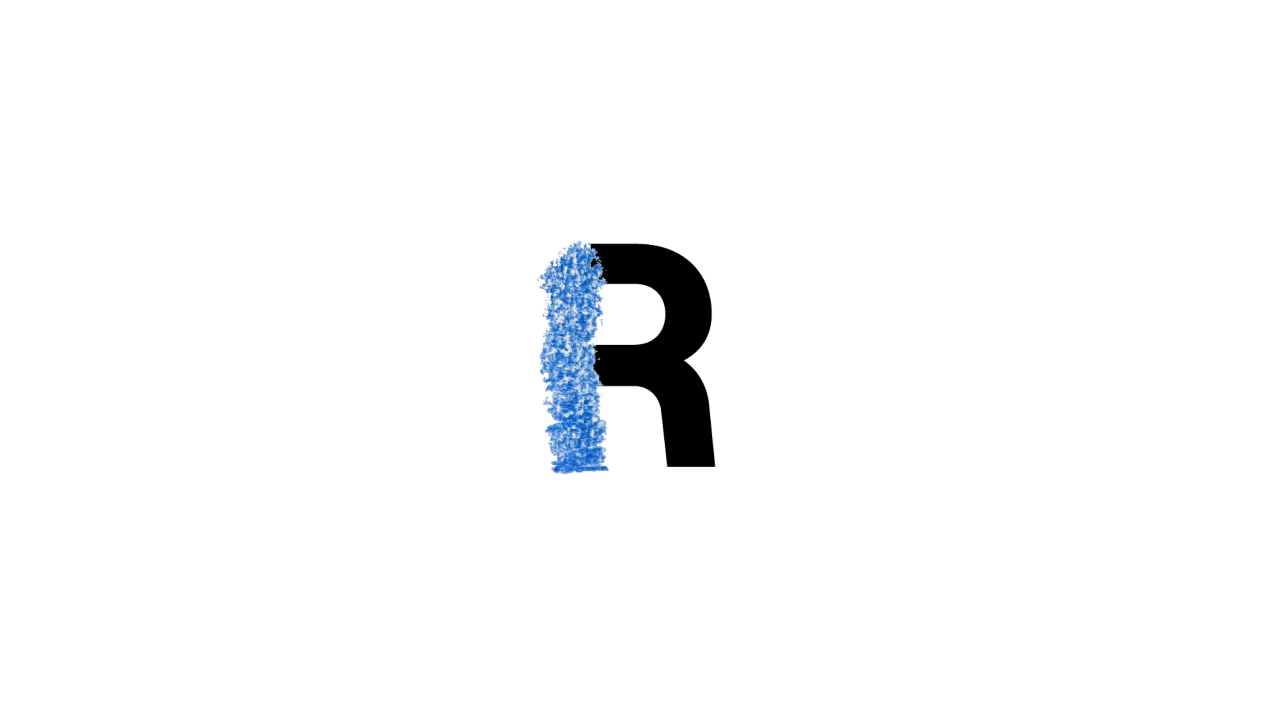
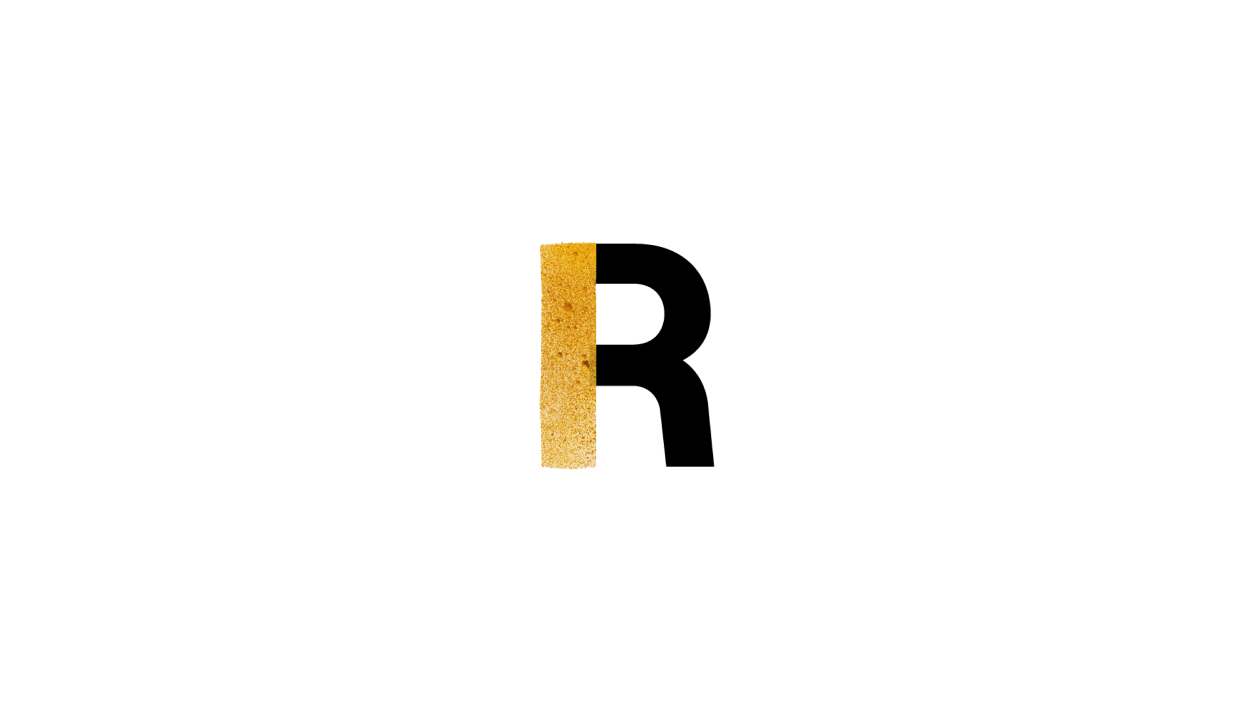
Mixed self-portrait
Jean Paul developed an interest in engraving and printing on a trip to New York in the 1960s. As usual, he explored these techniques with his characteristic freedom and boldness. He would make large numbers of prints which he then cut up and use to give life to other pieces, crafting works that married drawing, painting, watercolour and the cut-outs and scraps of his prints. They were a hybrid of tradition and modernity that explored mixed media creation.
Here’s a proposal for a creative project that invites you to celebrate this great artist while exploring the heritage of First Peoples in Canada and their immense respect for Mother Earth, the source of all biodiversity. It’s an opportunity to create, to appreciate, and to make a good impression for a better future on the Earth!
Read more
Intentions
Intentions
- Become acquainted with Jean Paul Riopelle through the theme of the Earth;
- Develop an ability to appreciate works of art;
- Develop an ability to create;
- Experiment with engraving, printing, drawing and painting techniques;
- To appropriate the disciplinary vocabulary.
Project summary
Create a symbolic self-portrait by combining four different techniques: engraving, printing, painting and drawing.

Approximate time
4 hours

Technique
Mixed
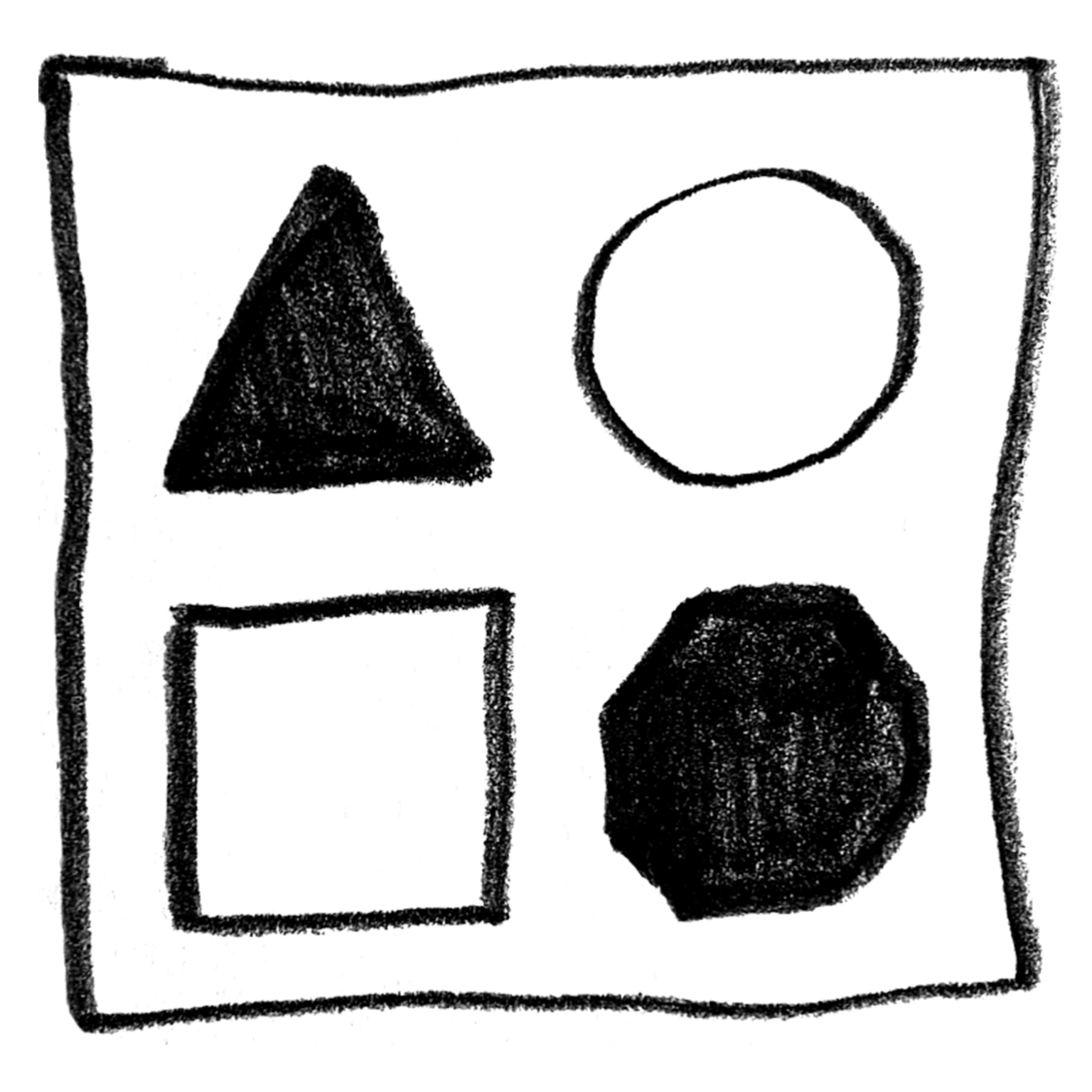
Notions
Intaglio Printing
A set of techniques and processes that involve the use of incisions (intaglio printing) to produce an image. Engraving involves tracing grooves onto a surface (known as the matrix) with a tool. The matrix is then covered with coloured pigments, such as printing ink, to create prints on paper.
The technique of reproducing an element by pressing a tool over a surface (paper, cardboard, etc.) to obtain a print.
Cutting
The action of using a sharp tool (scissors, etc.) to separate or remove part of a surface (paper, cardboard, etc.).
Collage
The technique of attaching different materials (paper, cardboard, etc.) to a surface using a substance called "glue."
Painting
An art technique that usually involves the use of paintbrushes or brushes to apply coloured pigments (gouache, ink, etc.).
Value
The different degree (pale or light, medium or dark) or hue of a colour.
Tone
A degree of intensity, between black and white. No coloration goes into creating shades.
Tint
A degree of intensity, between black and white. No coloration goes into creating shades.
Pattern
A repeated decorative design. Patterns can be observed on fabrics, tapestry, plates, etc.
Real or Represented Texture
Elements that form a material's surface. Texture can be real or represented.
Real texture can be observed and felt. It's the result of repeated gestures that create real marks on a surface (lines, points, drips, etc.).
Represented texture is when real texture is imitated on a two-dimensional surface using graphic elements (lines, points, drips, etc.) to reproduce real elements (fish scales, animal fur, bird feathers, etc.).
Wash
An art technique that involves using heavily diluted coloured pigments (ink, gouache, etc.).
Material
Context
Different individuals impressed and influenced Jean Paul throughout his life, but the single greatest influence on his career was from the cultures and nature of First Peoples in Canada. In particular, he was deeply fascinated by Inuit culture. Inspired by his travels and the book Les derniers rois de Thulé (The Last Kings of Thule), written by an
anthropologist
A person who studies different communities of individuals and their relationship to their environment.
fictitious
Fictional is the adjective of fiction; it refers to imaginary elements that don't exist in life as we know it.
This project is an invitation to symbolize what is important to students about the biodiversity that Mother Earth offers us. Students will represent themselves as a king or queen in the form of a
symbolic
A group of symbols (elements, signs, etc.) that are all connected to the same conceptual realm. Symbolism can draw on different types of referents: a living organism, an inanimate object, a colour, a belief, a people, an era, etc. Symbolism gives meaning to interpretations of these referents.
self-portrait
A portrait of an artist created by that artist.
Indigenous
Refers to peoples who have descended from the original inhabitants of the lands in which they live and were occupying when individuals from another culture or of a different ethnic origin arrived and became the majority group through conquest, occupation, colonization or another means. In Canada, the term Indigenous refers to First Nations, Inuit and Métis communities.
celestial bodies
A celestial element that affects humans and the Earth (star, planet, etc.).
Take it one step further
Optional activities to complete during or after the project
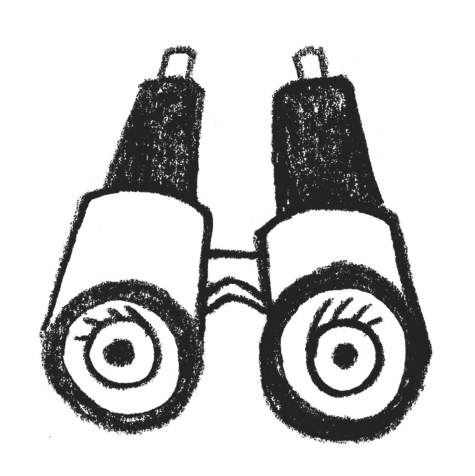
Digital fun
Interdisciplinary ICT ideas;
Record an original piece.
- Record an audio file recounting a legend about your mixed media self-portrait using an application like Google Recorder. The audio recording can be made accessible through a QR code during an exhibition.
Play with storytelling
Interdisciplinary English idea;
Write a story.
- Write a legend about this king or queen and their power that will help them save planet EARTH.
Have fun with philosophy
A way to introduce philosophy to children;
Use a philosophical question as a starting point for a thought experiment.
- Explain what philosophy is;
- Set the parameters: listen to others, don’t pass judgment, don’t laugh at others, respect different opinions, etc.;
- Introduce the following questions:
- Who am I, exactly?
- Why can it be hard to know who we are?
- How can we know ourselves better?
- Invite students to discuss these questions;
- Invite students to express whether they agree or disagree with their classmates;
- Encourage students to explain their ideas: “what do you mean?” or “can you give an example of your idea?”;
- Invite students to create a table that compares what they are and what they aren’t;
- Share the answers out loud;
- Throughout the exercise, jot down the answers in a mind map.
Variation
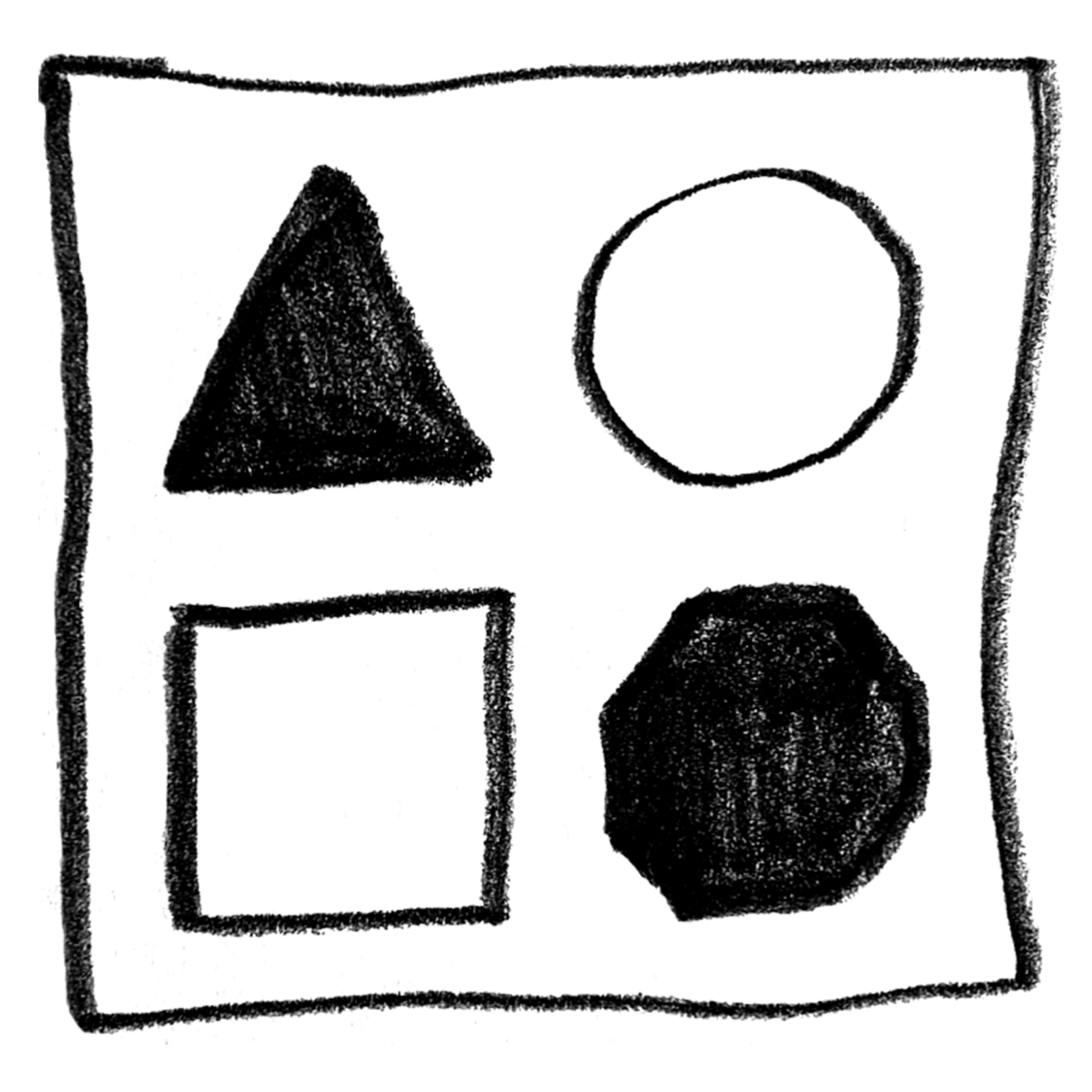
Beginner
Skip the basic exercise.
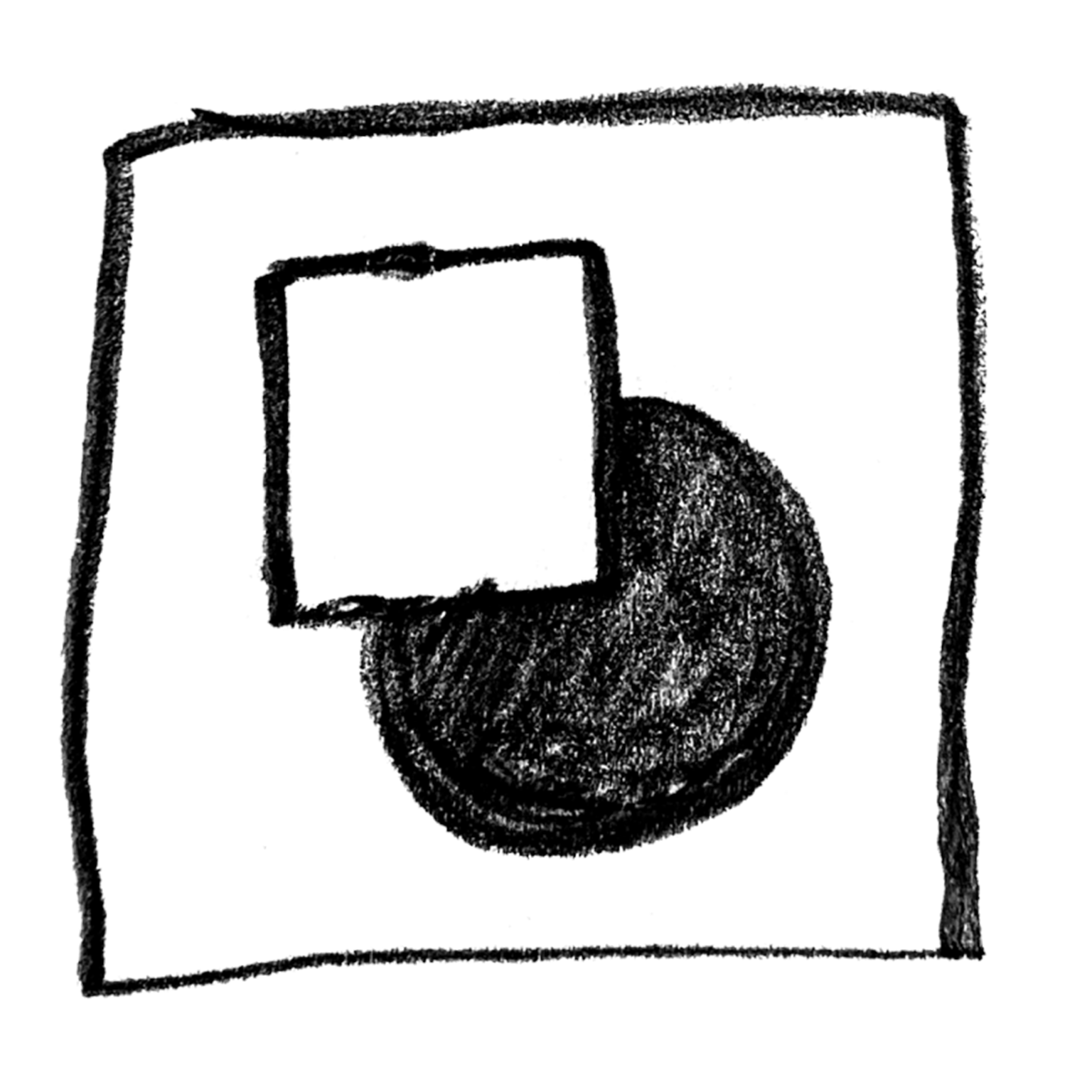
Intermediate
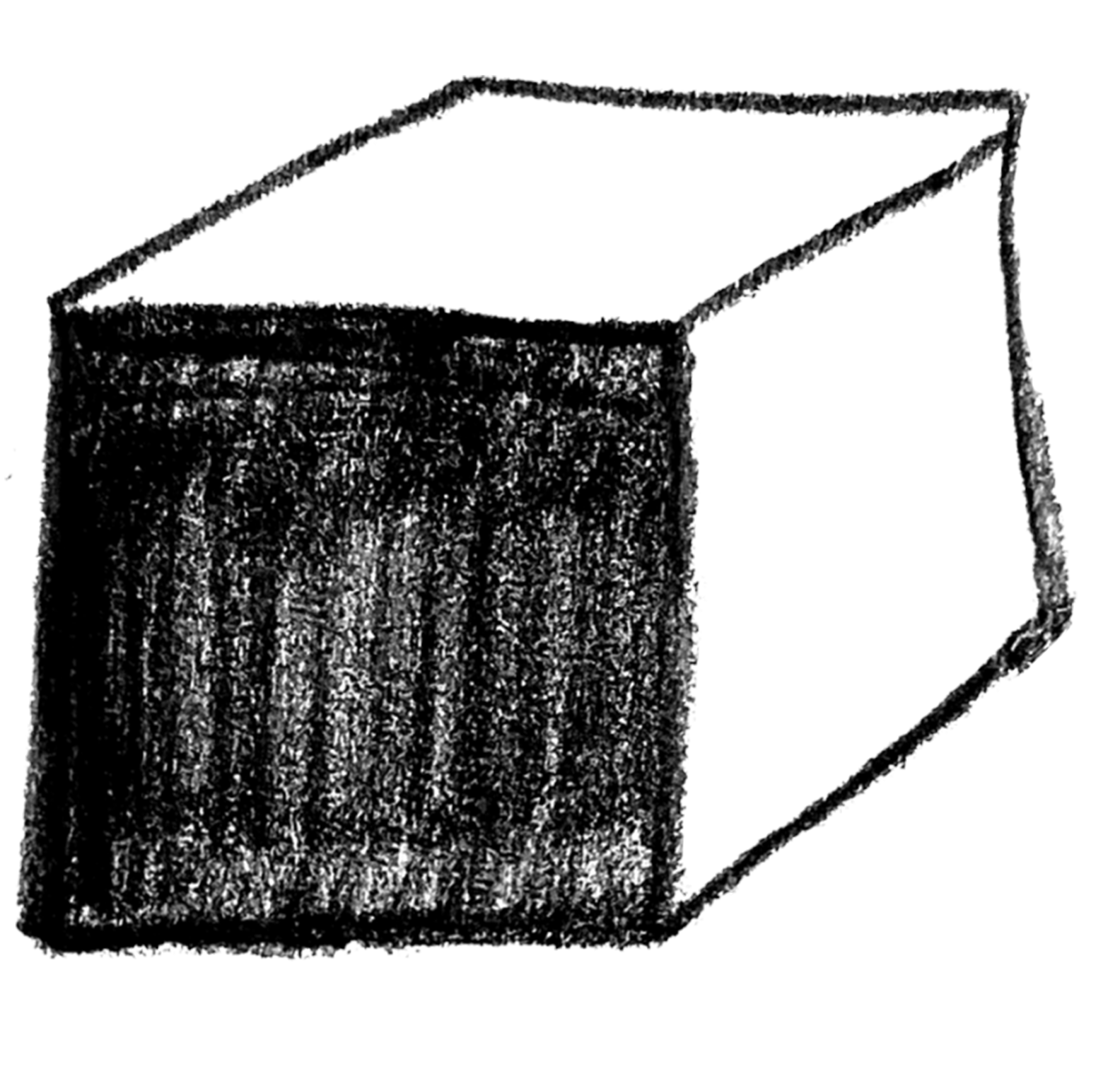
Advanced


